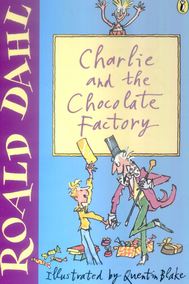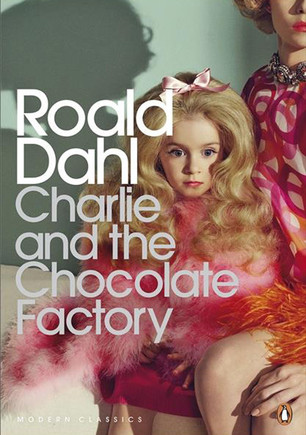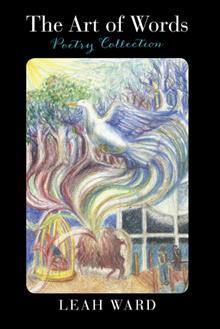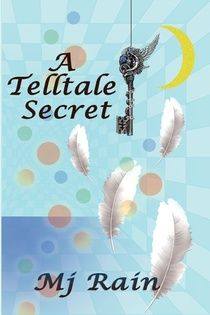
Book publishers Penguin have come under scrutiny once again for defending their decision to use a controversial image on the front cover of a new edition of Road Dahl’s classic children’s tale, Charlie and the Chocolate Factory.
Recently, the publishing house announced the new cover artwork to outcries from bookworms nation-wide. The cover picture marked a huge departure from the endearingly scruffy sketches of Quentin Blake, that readers have come to associate inextricably with Dahl.

But Penguin have defended the image, releasing a statement to say that, as part of the Modern Classics range, the cover design tries to recognise the ‘extraordinary cultural impact’ of the work, and its success in embracing ‘both the light and the dark aspects of life’. Nan Graham, editor in chief of New York publisher Scribner, has speculated that this edition of Dahl’s fantastical tale is intended more for adult readers.
But Chocolat author Joanne Harris tweeted: ‘I’m not sure why adults need a different cover anyway, but who was it who decided that “adult” meant “inappropriately sexualised”?’.
The image, taken from a French magazine shoot for a 2008 fashion article called Mommie Dearest, is not the first book cover to cause controversy. Last year Scribner put Leonardo DiCaprio, star of Baz Lhurman’s film, on the front cover of The Great Gatsby. This too was an unpopular decision among many, and the new edition was still outsold by the traditional version of the novel, featuring the iconic eyes of Dr T. J. Eckleberg floating on a bright blue background.
Hannah Depp, a worker at a bookshop called Politics and Prose, says that the reaction to the new Charlie and the Chocolate Factory cover makes sense. ‘Good writing can make people feel so possessive toward a book that they want nothing about it altered’, she commented. However, Payley-Phillips seemed to think that the backlash to the cover was more specifically to do with the design. He said that the novel isn’t really a ‘cross-over book’, like Harry Potter or the His Dark Materials series. ‘People want it to remain a children’s book’ he argued.
Do you think the change is justified? Or should Penguin have stuck with the older, and well-loved, Quentin drawings?





 RSS Feed
RSS Feed
